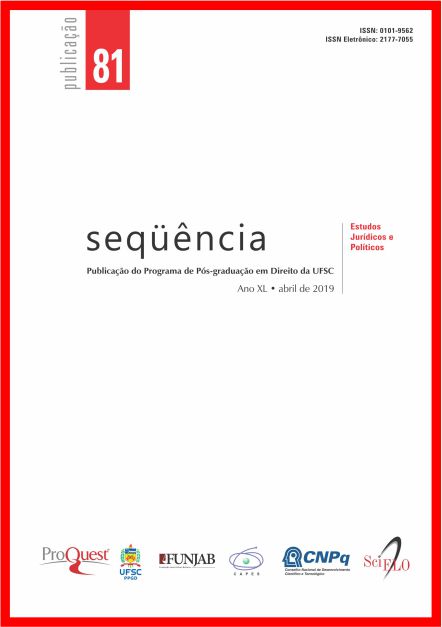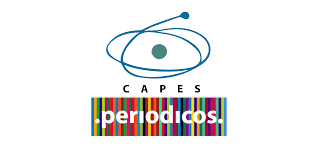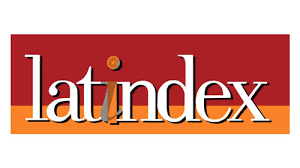Between Individual Decisions and Collegiate Deliberations: deciding how to decide, influencing the outcome
DOI:
https://doi.org/10.5007/2177-7055.2019v40n81p10Abstract
How does the institutional design of the Brazilian Supreme Court (STF) interfere in the decision-making process of the conflicts that are submitted to it? STF’s Justices, as individually responsible of each proceeding in progress, can strategically decide through available procedural resources what and when to bring them to trial individually or collectively. This article inserts itself in this debate to question the independence of its Justices before the other political actors, but also before (or against) their peers, considering the possibilities of interaction of strategic models to the Brazilian case, before the constitutional, legal and regimental rules that establish the performance of the members of the Court. The general hypothesis is that the normative design of the Court assures multiple options for magistrates in the conduct of judicial proceedings, promoting strategies aimed at maximizing the winning chances of their preferences, as well as reducing their respective decision costs.
References
ALMEIDA, F. (2015). Judicialização da política e composição dos tribunais superiores. Revista Parlamento e Sociedade, 3-4, 75-98.
ARGUELHES, D. W.; RIBEIRO, Leandro M. (2018). Ministrocracia: O Supremo Tribunal individual e o processo democrático brasileiro. Novos estudos CEBRAP, 37-1, 13-32.
BRENNER, S.,; WHITMEYER, J. M. (2009). Strategy on the United States Supreme Court. Cambridge University Press.
CARVALHO, A. D. Z. (2017). Imagens da imparcialidade: entre o discurso constitucional e a prática judicial. São Paulo: Almedina.
CLARK, T., MONTAGNES, P., & SPENKUCH, J. L. (2018). Politics From the Bench?: Ideology and Strategic Voting in the US Supreme Court. CESifo Working Paper, No. 7264.
EPSTEIN, L.; KNIGHT, J. (1998). The choices justices make. Washington, D. C., Congressional Quarterly.
EPSTEIN, L.; WALKER, T. G. (2007). Constitutional Law for a Changing America: Institutional Powers and Constraints. Washington, D.C., Congressional Quarterly Press.
EPSTEIN, L.; JACOBI, T. (2010). The strategic analysis of judicial decisions. Annual Review of Law and Social Science, 6, 341-358.
EPSTEIN, L.; LANDES, W. M.; POSNER, R. A. (2011). Why (and when) judges dissent: A theoretical and empirical analysis. Journal of Legal Analysis, 3(1), 101-137.
FALCÃO, J. (2015). O Supremo: compreenda o poder, as razões e as consequências das decisões da mais alta Corte do Judiciário no Brasil. Rio de Janeiro, Edições de Janeiro, Fundação Getúlio Vargas.
FALCÃO, J.; ARGUELHES, D. (2017). Onze Supremos: Todos contra o Plenário. In: FALCÃO, J.; ARGUELHES, D. W.; RECONDO, F. (Eds.). Onze Supremos: o Supremo em 2016. Rio de Janeiro, Fundação Getúlio Vargas, 20-28.
FALCÃO, J.; HARTMANN, I. A., CHAVES, V. P. (2014). Relatório Supremo em Números: o Supremo e o tempo. Rio de Janeiro: Escola de Direito do Rio de Janeiro da Fundação Getúlio Vargas.
KAGAN, R. A., KAPISZEWSKI, D., & SILVERSTEIN, G. (2018). New judicial roles in governance. In Comparative Judicial Review. Edward Elgar Publishing.
LANDES, W. M., e POSNER, R. A. (2009). Rational judicial behavior: A statistical study. Journal of Legal Analysis, 1(2), 775-831.
LARSSON, O., NAURIN, D., DERLÉN, M., & LINDHOLM, J. (2017). Speaking law to power: the strategic use of precedent of the court of justice of the European Union. Comparative Political Studies, 50 (7), 879-907.
LIMA, F. D. S.; ANDRADE, L. D.; OLIVEIRA, T. M. (2017). Emperor or President? Understanding the (almost) unlimited power of the Brazilian Supreme Court’s President. Revista Brasileira de Direito, 13, 161-176.
LIMA, J. N.; BEÇAK, R. (2016). Emenda constitucional e constitucionalismo político: a potencial moderação das críticas ao controle judicial de constitucionalidade. Conpedi Law Review, 2-4. 275-296.
MURPHY, W. (1964). Elements of judicial strategy. Chicago, University of Chicago Press.
OLIVEIRA, F. L. (2012). Processo decisório no Supremo Tribunal Federal: coalizões e “panelinhas”. Revista de Sociologia e Política, Curitiba, 20-44, 139-153.
POSNER, R. A. (1993). What do judges and justices maximize?(The same thing everybody else does). Supreme Court Economic Review, 3, 1-41.
POSNER, R. A. (2008). How judges think. Cambridge, Harvard University Press.
SILVA, V. A. (2011). Deciding without deliberating. I•CON, 11-3, 557–584.
TOMIO, F. R. L.; ROBL FILHO, I. N. (2013). Accountability e independência judiciais: uma análise da competência do Conselho Nacional de Justiça (CNJ). Revista de Sociologia e Política, 21- 45, 29-46.
Downloads
Published
How to Cite
Issue
Section
License

This work is licensed under a Creative Commons Attribution-NonCommercial-NoDerivs 3.0 Unported License.























